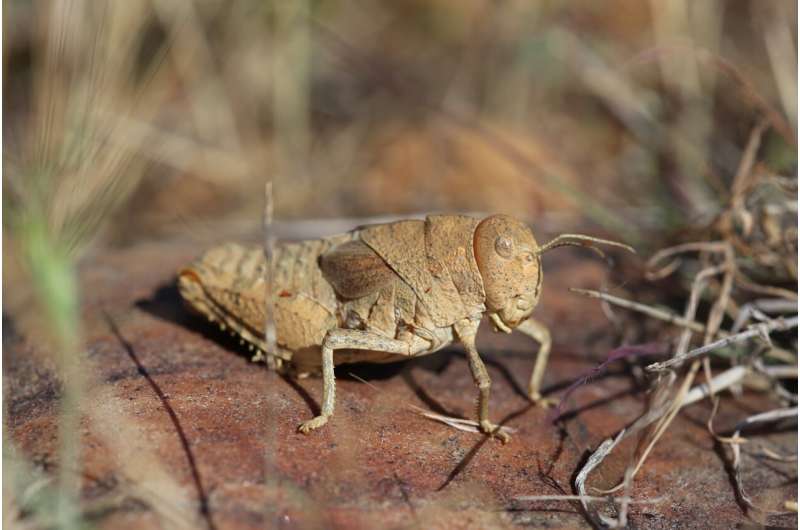This article has been reviewed according to Science X's editorial process and policies. Editors have highlighted the following attributes while ensuring the content's credibility:
fact-checked
peer-reviewed publication
trusted source
proofread
A fifth of European Red List flora and fauna species may be at risk of extinction

A new analysis of 14,669 threatened species of plants and animals found in Europe reveals that about one fifth face the risk of extinction, and that agricultural land-use change poses a significant threat to these species. Axel Hochkirch of the Musée National d'Histoire Naturelle, Luxembourg, and colleagues present these findings in the open-access journal PLOS ONE.
The variety of species of living things—biodiversity—is declining around the world, as more and more species face the risk of extinction. Many efforts, including some by governments and nonprofit organizations, aim to reduce the loss of biodiversity. The success of these efforts relies on a comprehensive understanding of threats to different species in different locations.
To help deepen such understanding, Hochkirch and colleagues conducted an analysis of all 14,669 species of European vertebrates, invertebrates, and plants included in the International Union for Conservation of Nature's Red List of Threatened Species, which is widely considered to be the most comprehensive source of extinction threat information. These species account for about 10% of all animals and plants found on land or in freshwater or marine environments in Europe.
The researchers found that about 19% of the 14,669 species face the threat of extinction, including 27% of plants, 24% of invertebrates, and 18% of vertebrates. While conservation attention tends to focus on vertebrates, this analysis suggests that the proportion of invertebrates at risk of extinction greatly exceeds the latest estimates from the Intergovernmental Science-Policy Platform on Biodiversity and Ecosystem Services—an international organization involving dozens of member countries.
The analysis also reaffirms major threats to European biodiversity, including changes in agricultural land-use resulting in loss of habitats, over-exploitation of biological resources, pollution, and residential and commercial development.
These findings could serve as a baseline for measuring the progress of efforts to counter biodiversity loss. The researchers also call for further action and investment in such efforts, while also highlighting areas where additional research could help guide them. They note that biodiversity is essential for food security, wealth generation, and the future well-being of European people.
The authors add, "This comprehensive analysis of 14,669 continental Red List assessments for European animal and plant species suggests that 2 million plant and animal species are threatened with extinction. This result doubles the latest IPBES assumption of 1 million threatened species."
More information: A multi-taxon analysis of European Red Lists reveals major threats to biodiversity, PLoS ONE (2023). DOI: 10.1371/journal.pone.0293083. journals.plos.org/plosone/arti … journal.pone.0293083
Journal information: PLoS ONE
Provided by Public Library of Science




















